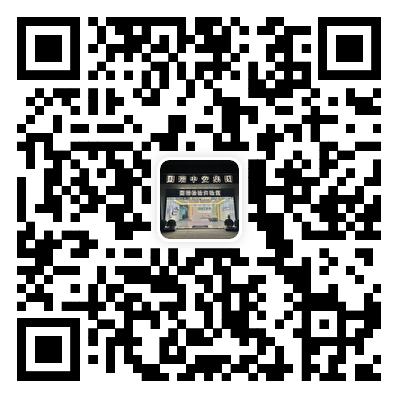The technical standards for China’s NMPA (National Medical Products Administration) certification are comprehensive and cover various aspects of medical device development, manufacturing, and post-market activities. Here’s a detailed explanation of these standards:
1. Product Classification and Standards
Classification: Medical devices are categorized into three classes (I, II, III) based on the risk associated with their use. Each class has specific regulatory requirements:
- Class I: Low-risk devices with minimal regulatory controls.
- Class II: Moderate-risk devices requiring detailed regulatory scrutiny.
- Class III: High-risk devices requiring extensive testing and clinical evaluation.
Standards: Devices must meet relevant Chinese national standards (GB standards) or international standards (such as ISO) if applicable. These standards address aspects like safety, performance, and labeling.
2. Quality Management System (QMS)
ISO 13485 Compliance: Manufacturers are generally required to comply with ISO 13485, an international standard for QMS in medical devices. This standard ensures that the manufacturer has a robust system for managing quality throughout the product lifecycle.
Documentation: A comprehensive QMS should include documentation related to design controls, risk management, production processes, and post-market surveillance.
3. Technical Documentation
Device Specifications: Detailed descriptions of the device’s design, function, and intended use.
Design and Development Records: Documentation of the design process, including design inputs, outputs, verification, and validation activities.
Risk Management: A risk management plan in accordance with ISO 14971, which identifies and mitigates potential risks associated with the device.
Clinical Data: For higher-risk devices, clinical trial data or clinical evaluation reports demonstrating safety and efficacy are required.
4. Manufacturing Standards
Good Manufacturing Practice (GMP): Compliance with GMP standards ensures that the manufacturing processes meet quality and safety requirements. This includes control of raw materials, production processes, and quality control testing.
Facility Requirements: Manufacturing facilities must meet specific design and operational standards to ensure proper environment controls and contamination prevention.
5. Testing and Validation
Performance Testing: Devices must undergo rigorous performance testing to demonstrate that they meet the intended use and safety requirements.
Safety Testing: Testing to ensure that the device is safe for its intended use, including biocompatibility, electrical safety, and electromagnetic compatibility.
6. Labeling Requirements
Content: Labels must include detailed information such as the device’s name, intended use, instructions for use, and safety warnings.
Language: Labels and instructions must be in Chinese to ensure clear understanding by users in China.
7. Post-Market Surveillance
Reporting: Manufacturers are required to report adverse events and device malfunctions to the NMPA. This includes maintaining records of post-market performance and safety issues.
Recall Procedures: Establishing procedures for recalling devices if safety issues are identified.
8. Regulatory Filing and Approval
Application Dossier: Submit a complete application dossier including all technical documentation, test reports, clinical data (if applicable), and a description of the QMS.
Review Process: The NMPA conducts a thorough review of the application, which may include on-site inspections of manufacturing facilities.
9. Compliance with Local Regulations
- Updates and Amendments: Stay informed about and comply with any updates or amendments to regulations and standards issued by the NMPA.
By adhering to these technical standards, manufacturers can ensure that their medical devices meet the necessary safety, efficacy, and quality requirements for NMPA certification in China.
Contact Us:
Whatsapp or Wechat:+86 15816864648;email address:hito.lin@grzan.cn
.jpg)
.png)

